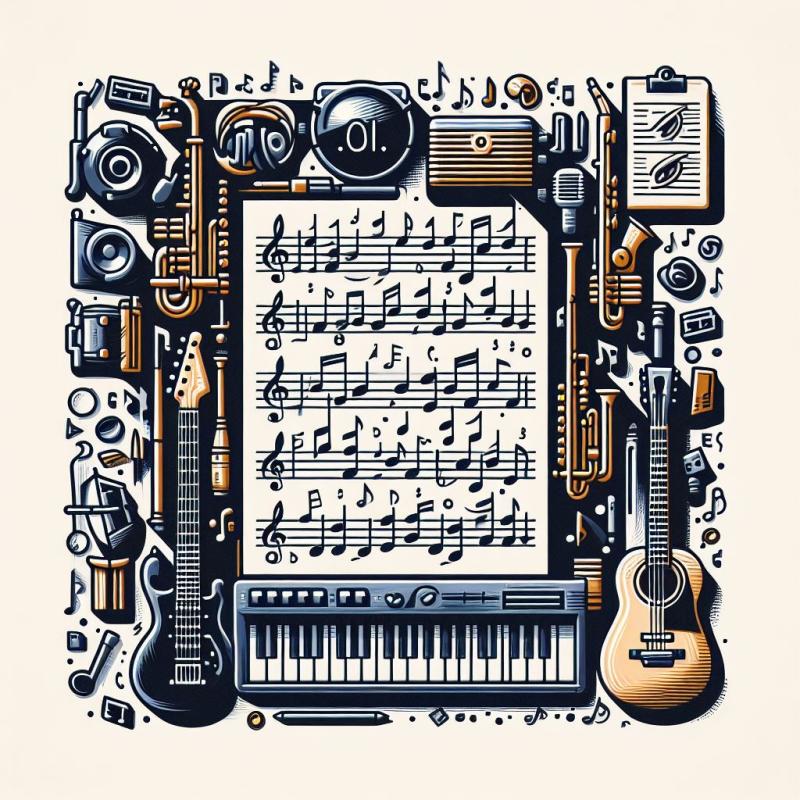Machine Learning and NLP for Sentiment Analysis in Transformative Music
Conducted at New York University, December 2023
The Machine Learning and NLP-based Sentiment Analysis in Transformative Music project explores the profound emotional and psychological effects of music by analyzing its lyrical and auditory elements. Leveraging advanced Natural Language Processing (NLP) and machine learning techniques, this project models the emotional dynamics conveyed through lyrics and music, bridging the intersection of technology and the arts.
Overview
Music holds a unique ability to evoke emotions, alter perspectives, and even impact physiological states. This project investigates how linguistic and auditory components of songs interact to influence listeners’ emotions. Using a dataset of over 500 songs spanning various genres, lyrics were analyzed for sentiment dynamics using NLP models like BERT and VADER. Simultaneously, audio features such as tempo, spectral centroid, and chroma were extracted to capture musical nuances. A machine learning classifier was then developed to combine these modalities, enabling robust predictions of sentiment and psychological effects.
Technical Details
The classifier integrated lyrical sentiment scores and audio features using an 80/20 train-test split. By optimizing neural network architectures and hyperparameters, the model achieved an 85% accuracy in predicting sentiment outcomes. Additionally, linking linguistic elements with audio characteristics improved sentiment classification by 20%, showcasing the synergistic power of multi-modal analysis.
Applications and Impact
This research lays the foundation for computational approaches to understand the transformative effects of music. The findings not only advance methodologies in sentiment analysis but also have practical implications in therapeutic music recommendation systems, AI-driven music generation, and personalized playlists for emotional well-being. By quantifying the interplay between lyrics and music, the project paves the way for innovations at the crossroads of machine learning, psychology, and the arts.
For more information, visit the project report here.

